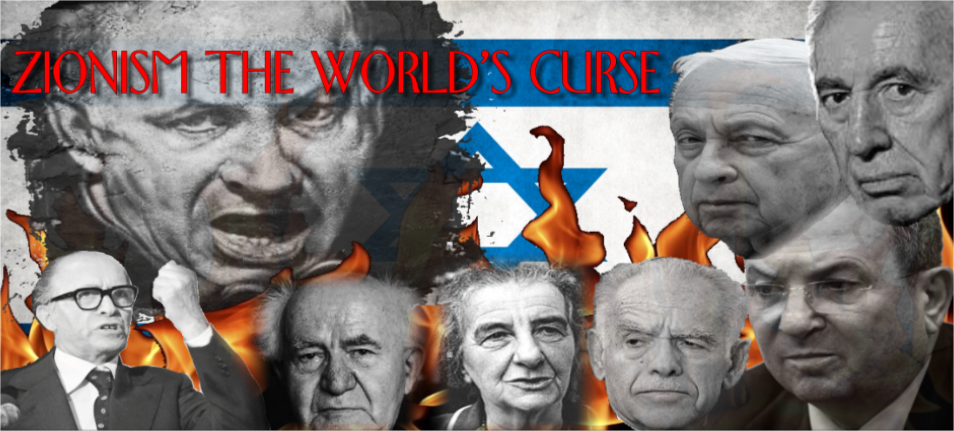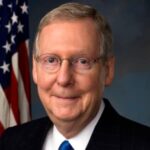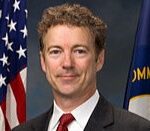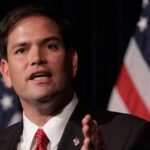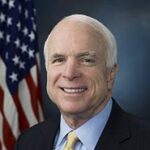Nicaragua – A Nations Right To Survive
http://youtu.be/9bqvLErbfKY?list=PLCC12F75D5487768E
Uploaded on Jan 13, 2007
In 1979, the Sandinistas won a popular revolution in Nicaragua, putting an end to decades of the corrupt US-backed Somoza dictatorship. They based their reformist ideology on that of the English Co-operative Movement, but was to prove too ‘radical’ for the Reagan administration.
In this film, Pilger describes the achievements of the Sandinistas and their “threat of a good example”.
Key Figures In CIA-Crack Cocaine Scandal Begin To Come Forward
The United States government started the crack epidemic in the US. William Robert “Tosh” Plumlee, a pilot who revealed to then-Sen. Gary Hart that planes would routinely transport cocaine back to the U.S. after dropping off arms for the Nicaraguan rebels. flew weapons into Latin America for decades for the CIA. When the Contra revolution took off in the 1980s, Plumlee says he continued to transport arms south for the spy agency and bring cocaine back with him, with the blessing of the U.S. government!
Nicaragua Revolution
Published on Apr 9, 2014
The Nicaraguan Revolution
Published on Jun 25, 2012
The Nicaraguan Revolution (Spanish: Revolución Nicaragüense or Revolución Popular Sandinista, also RPS) encompassed the rising opposition to the Somoza dictatorship in the 1960s and 1970s, the campaign led by the Sandinista National Liberation Front (Frente Sandinista de Liberación Nacional, FSLN) which led to the violent ousting of that dictatorship in 1979, and the subsequent efforts of the FSLN, which governed from 1979 until 1990, to reform the society and economy of the country along socialist lines.
The revolution played a substantial role in foreign policy for Nicaragua, Central America and the Americas. The concurrent civil war, waged between the FSLN and the Contras, was one of the proxy wars in the Cold War.
Defining the time span of the Nicaraguan revolution is difficult, since there was no formal declaration of war. The end date can be variously regarded as the date when the old regime is ousted, the date when hostilities cease (which could be later than the ouster of the old regime if there is a counterrevolution), or a later date that includes the period of rebuilding and change after the new regime takes power. A fairly broad definition of the time of the Nicaraguan revolution would be from the formal founding of the FSLN in 1961, to its 1990 election loss to Violetta Barrios de Chamorro and the Unión Nacional Opositora which marked the end of its first period in power.
A more restricted definition would be that it dates from the late 1970s, when serious armed resistance to the Somoza regime began, and culminated with the overthrow of Anastasio Somoza Debayle on 19 July 1979. The latter view might be criticized as too socially and politically naive, isolating the Nicaraguan Revolution from its context as part of the Cold War and from the flow of revolutionary struggles all across Latin America.
The Revolution was influenced by three major historical events:
The Nicaraguan guerrilla warfare sustained by Nicaraguan Augusto César Sandino who stood originally, and at one time with only 29 men, against the occupation of Nicaragua by U.S. Marines in 1926. He developed an armed rebellion to fight the U.S. and what Sandino saw as an “usurpation of independence and sovereignty of Nicaragua”.(citation from Selser, Gregorio’s historical work needed) In 1934 Sandino was betrayed and assassinated by Anastasio Somoza García. Sandino became an icon of the roots and birth of the Nicaraguan Revolution.
The Cuban Revolution, which sparked widespread left wing revolutionary movements across Latin America, and showed a plausible and possible cause of major political confrontation for a continent soon to be occupied by right-wing dictatorships.
The 1989 fall of the Berlin Wall and weakening of the Soviet Union, ending the Cold War and reducing the influence of US and USSR competition. It preceded the end of the Nicaraguan Revolution as marked by the electoral defeat of the FSLN in 1990. The liberal governments that followed changed much of its legacy. The FSLN, the organization that orchestrated the Revolution, evolved into a leftist party that won the Nicaraguan general election in 2006.
http://en.wikipedia.org/wiki/Sandinis…
‘Bush, Reagan let drugs flow free to US from Nicaragua’ – ex-dealer
Published on Jan 15, 2011
“Freeway” Ricky Ross, a former US street legend, who as a drug dealer was once responsible for flooding California’s streets with most of its hard drugs, spoke with RT about his activism against drugs. After making up to US$2 million a day and then spending 20 years in prison, Ross started from scratch and is now trying to make a difference by keeping kids from following into his footsteps.
